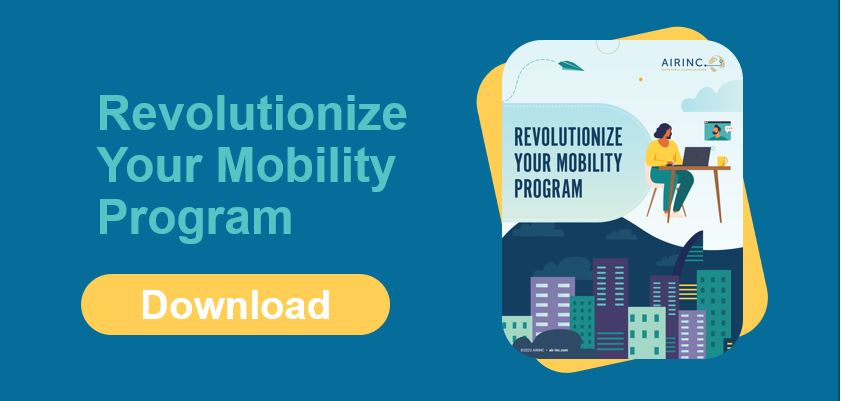Global mobility needs a new elevator speech; a new way of describing what the function does; relocating talent doesn’t cut it anymore.
My new elevator speech is that “Global Mobility empowers an organization’s global talent strategy.” This may be a bit aspirational, but I believe it more closely describes what the function does, or at least, what it is capable of doing. It is with this mindset shift that we can begin to serve the new audiences that will allow mobility to realize its full potential.
Yes, we are still deploying talent to fill open roles. This is the traditional form of mobility which serves the business audience.
But we are also enabling employees to experience global opportunities through international remote working programs or “volunteer” transfers to new locations. When we enable employees to self-select for assignments or transfers, we create more mobility, engage employees, and help the company compete for talent.
In addition, when events no longer allow us to keep talent in their current location, we can proactively help people find new opportunities in other countries, thus retaining talent and helping the talent management organization. Good examples of this are group moves for office closures or helping talent leave countries in crisis (recent example of Russia and Ukraine).
And lastly, we can help acquire talent. Organizations can differentiate their employee value proposition through mobile opportunities for new hires, new grads, and interns. Talent acquisition is, or can be, a potential big consumer of mobility, helping a company meet staffing objectives.
When you think about all the audiences and the different flavors of mobility that are possible, you can really see how mobility empowers global talent strategies.
My colleague, Mike Wincott, shared his thoughts on this same topic in his paper, Revolutionize Your Mobility Program. Download the paper to see his take on how Mobility can serve new audiences.





%20(20).png)
%20(6)%20(1).jpg)

